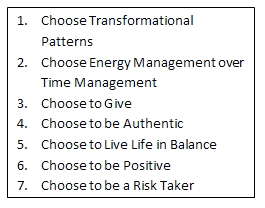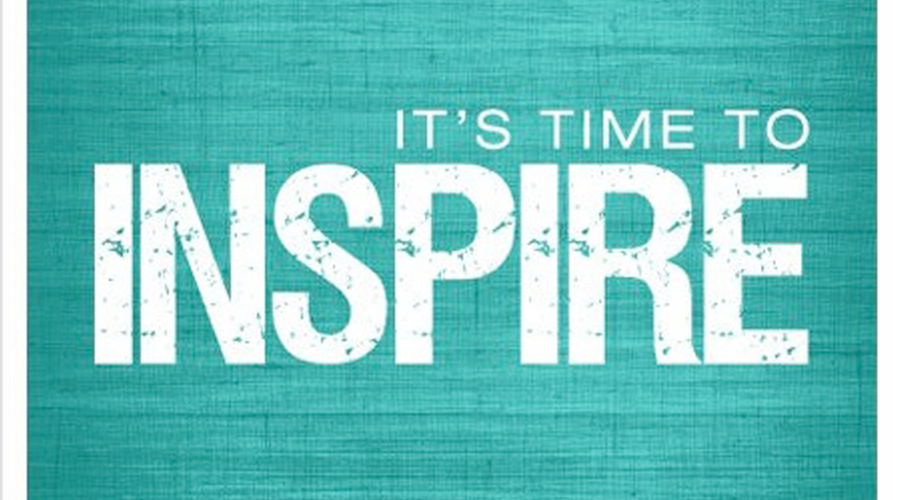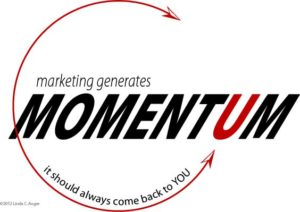A friend and fellow marketing professional shared this story:
She had attended one of those super-sized networking events, where she was approached by a woman who mentioned that she was familiar with the non-profit for which my friend works, and in fact, was “good friends” with the president. Business cards were, of course, exchanged.
A week later my friend, an associate who attended the event with her, and the organization’s president all received “nice to meet you” cards from that woman.
She Gets:

A Thumbs Up for following up after the event.

A Thumbs Down for committing today’s Marketing Mistake: Unfiltered Automation.
An automated card service is handy when you meet new people and want to say “nice to meet you,” but before you dump all those names and addresses into your database and tell the system to send the exact same card to everyone, exercise a bit of patience and do some sorting. Otherwise, it may cost you more than the price of printing and postage – it may cost you your reputation.
If you met two or three people from the same company, in the same office, put them on different lists and send them different cards, or send a single card and mention all their names. My friend made it clear that the three of them felt the sender “insincere,” in that there was no consideration for them as individuals. She said it would have been more appropriate to send one card addressed to them as a group, or send a different card to each of them.
Consider this: if you are not giving your complete attention to details relating to your own business, why would a prospect trust you with their business? Even a card in the mail is a testimony to your credibility and trustworthiness.
Make each piece you send count – every card, every letter, every email, every Facebook post – so your efforts don’t cost you way more than just money and time.
 The author, Dr. Nido R. Qubein, came to the United States from the Middle East when he was 17, with just $50 to his name and little knowledge of the English language. Today, he is the President of High Point University in North Carolina, and Chairman of the Great Harvest Bread Company, with 225 stores in 43 states.
The author, Dr. Nido R. Qubein, came to the United States from the Middle East when he was 17, with just $50 to his name and little knowledge of the English language. Today, he is the President of High Point University in North Carolina, and Chairman of the Great Harvest Bread Company, with 225 stores in 43 states. 


 And, it’s a circle game. As you create and refine your marketing plans, keep these three things in mind:
And, it’s a circle game. As you create and refine your marketing plans, keep these three things in mind: